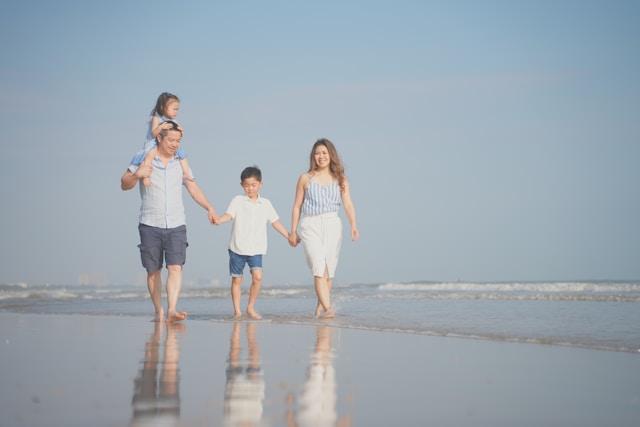Life in Singapore moves quickly, and with it comes the responsibility of safeguarding the people who depend on you. Life insurance protects your loved ones when you are no longer able to do so yourself. Still, many people wonder if the coverage they have today would truly be enough.
Whole life insurance has gained popularity among Singaporeans because it provides lifelong coverage and combines protection with the opportunity to build cash value over time. A portion of the premiums you pay goes into investments, allowing the policy to grow in value and be used later. This value may include guaranteed benefits and in some cases non guaranteed bonuses, depending on the type of whole life plan. If necessary, the cash value can be accessed during emergencies or used to pay future premiums. However, loans taken from the policy must be repaid with interest, and failing to do so may slow future growth and reduce the amount available.
Participating whole life plans share in the profits of the insurer’s participating fund. These profits are distributed to policyholders as dividends or bonuses. While they offer the potential for attractive growth, these bonuses are not guaranteed and depend on the performance of investments in the fund. In contrast, non participating policies focus on stability and offer guaranteed benefits without bonuses. Choosing between the two depends on your risk appetite and expectations for long term returns.
Term life insurance provides a simpler alternative. It offers coverage for a set period and is typically more affordable since it does not invest part of the premium. Many families select term insurance to cover key life stages, such as raising children until they become financially independent or supporting elderly parents. Because it does not build cash value, term insurance works well for those who only want pure protection without an investment component.

Image Credits: unsplash.com
The amount of protection you need depends on the sum assured, which is the payout your family would receive if you pass away or suffer total and permanent disability. If you are the primary income provider, you may require a higher sum assured to ensure your family can continue living comfortably. If your household has multiple income sources and relies less on yours, a lower amount may be sufficient. Coverage can remain fixed for the policy’s duration or decrease gradually, such as in mortgage reducing plans that are designed to cover home loan balances until they are fully paid.
To determine the right level of coverage, start by looking at your family’s lifestyle and financial commitments. Consider the monthly expenses needed to maintain their standard of living. Think about potential medical or care costs that may arise. Add unpaid liabilities such as home loans or personal debts. Then assess the assets already available, including savings, investments, and government support schemes.
Singapore provides several programs to help families in difficult times. The Dependants’ Protection Scheme automatically covers Singaporeans and Permanent Residents who have made their first CPF working contribution and offers a payout of up to $46,000 in the event of death, terminal illness, or total and permanent disability. Home buyers who use CPF to finance their Housing and Development Board loan may be protected under the Home Protection Scheme, which covers outstanding housing loan instalments until the loan is fully paid.

Image Credits: unsplash.com
Protecting your family remains one of the most meaningful financial decisions you can make. Whether you select a lifetime policy that grows with you or a term plan that offers straightforward coverage, the key is choosing a solution that fits your family’s needs and allows them to continue life with dignity should the unexpected happen.













